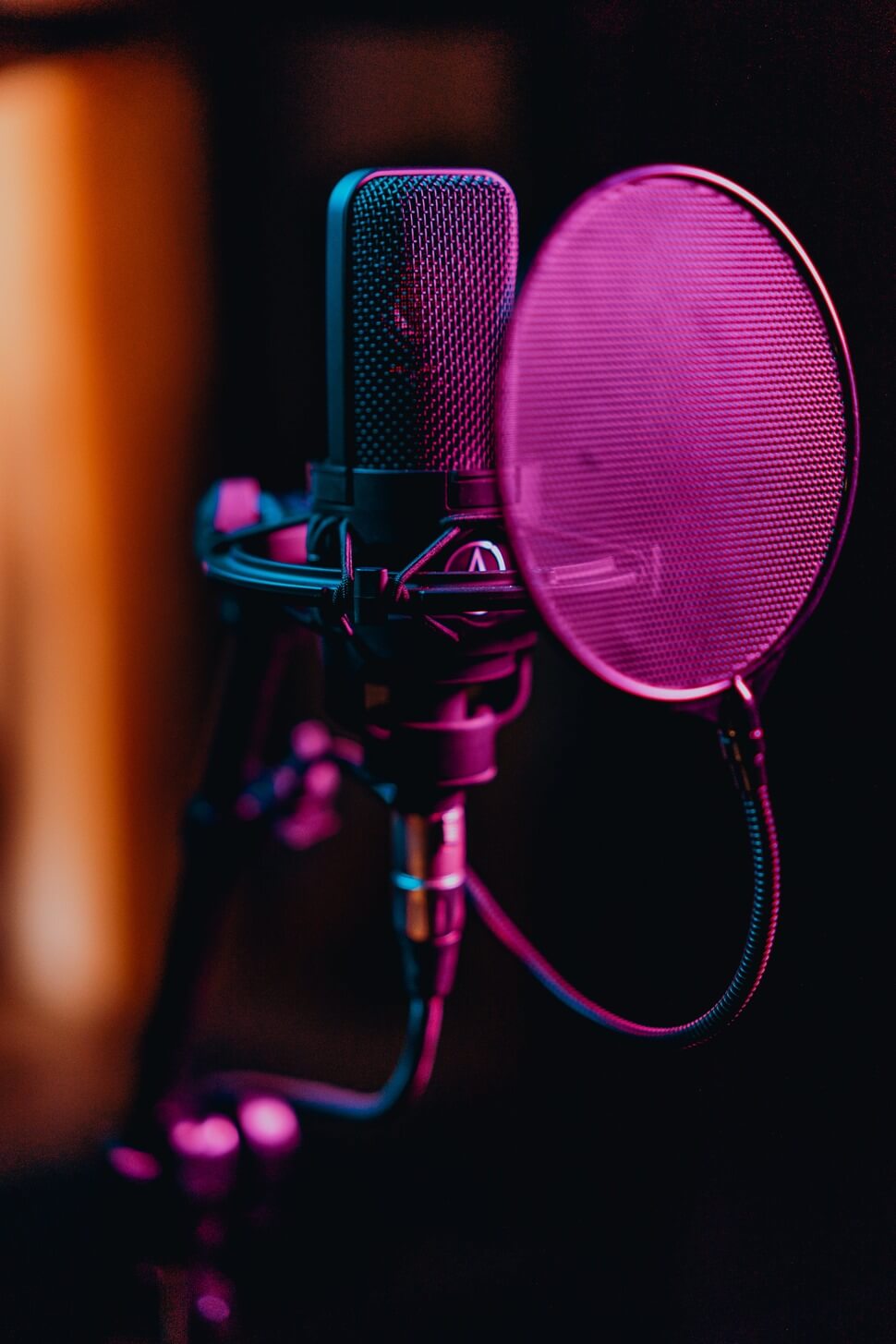
How to reference a radio stream?
Here are a few tips on how to best reference a radio stream on the Internet.
Reference your radio for freeUse your own domain name
Do not use the IP address of the server or the domain name provided by your web host. Get a domain name so that you can change the IP address of the audio server and never lose your referencing. Your referencing must not depend on the technical solution used, as this is likely to change over time. If you already have a domain name, you may use a sub-domain.
Use the HTTPS protocol
The HTTPS protocol is the standard Web protocol, which also applies to audio streams. Often, the audio stream is launched from a web page that is served using HTTPS. Launching an HTTP connection from an HTTPS page represents a security risk and the connection may be blocked by certain browsers like Chrome. It is therefore essential to use HTTPS. Certificates can be delivered for free using Let's Encrypt or ZeroSSL.
Use the standard port
There are two standard ports on the Web, 80 and 443. Port 80 is the default port for an HTTP connection and port 443 is the default port for an HTTPS connection. An audio stream URL that does not display a port uses one of these ports implicitly. To keep it short, use port 443 in combination with the HTTPS protocol. Failure to follow this rule will result in the audio stream being blocked by numerous firewalls and will severely restrict your audience. A proxy is often used to redirect the audio stream from another port (let's say 8000) to port 80 via HTTP, then a reverse-proxy is used to add encryption before serving the stream to the Web.
Use a concise and meaningful path
There is no need to include keywords in the URL of the audio stream, as it is not a webpage to be referenced by a search engine. Making your audio stream easy to understand by humans can facilitate referencing work and avoid errors. To this end, you can mention the mounting point and bitrate in the URL.
Use a CDN if needed
Using a CDN specialised in audio streams increases the maximum number of listeners, improves performance and distributes the load. It also takes the load off the main broadcast server. The question of using a CDN or not usually waits until you need it.
Identify your audience
Get to know your audience so you can understand them better. Its location, average age, habits, preferences and more. This way, you'll save time by selecting only the most relevant ways of listening to the radio. Carrying out surveys can help you to better understand your audience, as well as placing analytics on the listening solutions you have available. Data collection always requires user consent, even if it is anonymous.
Get on many directories
The manier, the better. Listeners use many different ways to listen to the radio. To maximise your referencing, use all the means at your disposal in line with your financial resources. But what worked yesterday doesn't necessarily work today. Creating a website or a mobile application is not going to bring more visibility to your audio stream unless you work on the visibility of the site and the mobile application. Radio directories are a cost-effective way of raising your brand.
Keep data up to date
The audio stream may not change, but the data around it does. Make sure to update the data that accompanies your audio stream in order to benefit from the best natural referencing.